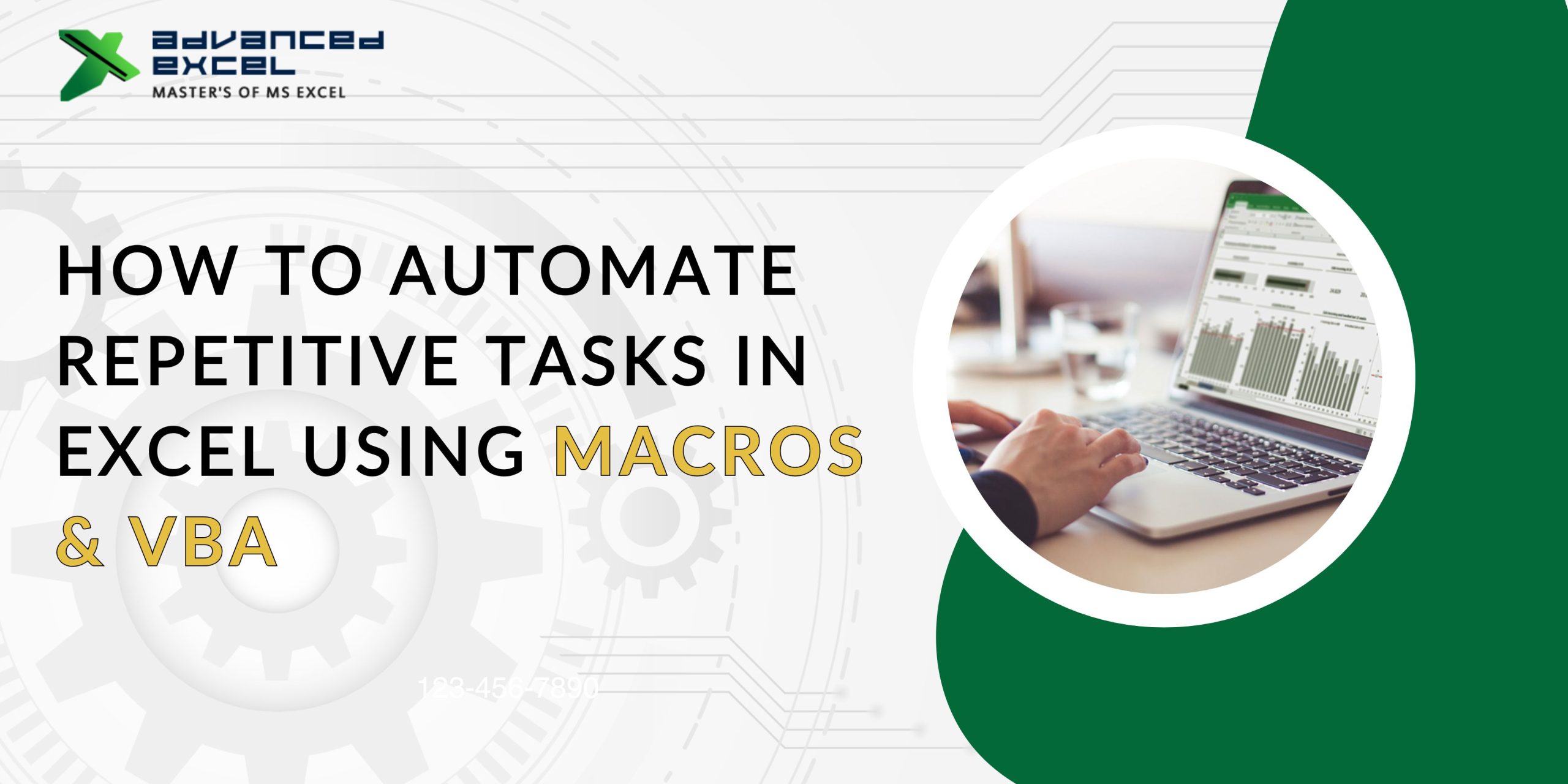In today’s data-driven world, Excel remains a powerhouse for professionals in finance, operations, marketing, and beyond. But even Excel has its limits—especially when it comes to repetitive, manual tasks. That’s where VBA macros come in.
Using Excel automation, you can streamline processes, reduce errors, and save hours of work each week. Whether you’re new to VBA or just looking for practical examples, this guide shares 10 powerful, real-world macros that will supercharge your Excel productivity.
1. Auto-Format Reports with One Click
If you often deal with raw data dumps or monthly reports, formatting them manually can be tedious. This macro automates common formatting tasks: bolding headers, centering text, and adjusting column widths.
Why it’s helpful: Clean, professional reports in seconds. Ideal for managers and clients who expect consistency.
2. Highlight Duplicate Values Automatically
Cleaning up data often means identifying duplicate entries. While Conditional Formatting does the job, automating it with a macro allows for instant results across any selected range.
Use it when: You’re validating lists like customer names, product IDs, or transaction records.
Excel automation benefit: You reduce human error and accelerate your data-cleaning process.
3. Send Emails Directly from Excel
Need to send personalized emails based on Excel data? With VBA, you can automate email generation via Outlook. Whether it’s for client updates, performance summaries, or billing reminders, this macro pulls values from cells and drafts messages automatically.
Example use case: Pulling the email address, name, and message from columns and sending batch emails without ever opening Outlook manually.
4. Auto-Save Workbook Every Few Minutes
Data loss can happen in a split second—especially during power outages or software crashes. This macro schedules automatic saves every few minutes, giving you peace of mind during large projects.
Excel automation advantage: Focus on your work without the constant fear of losing unsaved changes.
5. Rename Multiple Sheet Tabs
If you’re working with workbooks that have multiple sheets (for clients, months, or departments), renaming them manually is inefficient. This macro reads from a list and renames your sheets instantly.
Use case: Monthly budgeting sheets like Jan, Feb, Mar… or departments like Sales, HR, IT.
6. Convert Numbers to Words
Sometimes, numbers alone aren’t enough—especially when printing checks, invoices, or legal documents. This macro spells out numbers in plain English.
Example: 1,250 becomes “One Thousand Two Hundred Fifty.”
Pro tip: You can adapt the script for different currencies or regional formats.
7. Password-Protect All Worksheets
If you’re sharing workbooks that contain sensitive information, protecting each sheet with a password manually can be a hassle. This macro locks all sheets in a single click.
When to use: Reports for clients, financial data, or HR records.
Bonus: You can also create a companion macro to unprotect all sheets with one click.
8. Unhide All Sheets at Once
It’s common to hide worksheets for organizational or confidentiality reasons. But when it’s time to audit or review your workbook, manually unhiding sheets is slow. This macro reveals all hidden tabs in one go.
Why it matters: Speeds up auditing and avoids missing critical data tucked away in hidden sheets.
9. Automatically Create Pivot Tables
Pivot tables are a core tool for data analysis, but setting them up repeatedly can waste time. This macro generates a pivot table from a selected range—instantly.
Where it helps: Weekly sales summaries, inventory reports, or regional comparisons.
Excel automation boost: Eliminates setup time and enforces consistent layouts across reports.
10. Multi-Replace Tool (Find and Replace at Scale)
When you need to replace multiple values in bulk, doing it manually with Ctrl+H is inefficient. A macro can handle dozens of replacements in a single run.
Use case: Standardizing product names, cleaning inconsistent spellings, or updating brand terminology.
Why You Should Use VBA Macros for Excel Automation
Macros extend Excel’s functionality far beyond formulas and charts. Here’s what makes them essential for professionals and teams:
- Save Time: Automate repetitive tasks like formatting, emailing, or data updates.
- Improve Accuracy: Reduce manual errors by letting Excel handle logic-driven operations.
- Enhance Reporting: Build clean, consistent reports with minimal manual effort.
- Boost Collaboration: Share macros with teams for standardized processes.
VBA empowers you to turn Excel into a dynamic application tailored to your exact needs.
Getting Started with VBA (Even If You’re New)
You don’t need to be a developer to use VBA. Here’s how to get started:
- Enable the Developer Tab
- Go to File > Options > Customize Ribbon > Check “Developer”.
- Use the Macro Recorder
- Record repetitive actions to auto-generate VBA code.
- Create a Module in the VBA Editor
- Press Alt + F11, insert a module, and paste your macro code.
- Assign Macros to Buttons
- Make them clickable for non-technical users.
- Save as Macro-Enabled Workbook (.xlsm)
- Regular .xlsx files can’t store macros.
Pro Tips for Success
- Always test macros on backup copies
Especially for data-modifying tasks like deleting rows or sending emails. - Use comments in your code
It helps you and your team understand what the macro does at a glance. - Modularize your code
Break complex macros into small, reusable procedures for clarity and maintenance.
Final Thoughts
Learning how to use VBA macro examples is one of the smartest moves you can make if you regularly work in Excel. Whether you’re managing data, building reports, or communicating results, Excel automation frees you from the grind of repetitive tasks.
These 10 examples are just the beginning. As your skills grow, you’ll be able to build powerful workflows tailored to your exact needs—and even help your team or organization work more efficiently.
Want to get even more done with macros? Stay tuned for our upcoming guide on advanced VBA automation with userforms, looping logic, and workbook events.
FAQs (Frequently Asked Questions)
Q: What is a VBA macro in Excel?
A: A VBA macro is a small program written in Visual Basic that automates tasks in Excel. Macros can format data, generate reports, send emails, and more—all with a single click.
Q: Are VBA macros safe to use?
A: Yes, as long as you trust the source. Always review the code before enabling macros in a file.
Q: Do I need coding skills to use macros?
A: No. You can use the built-in Macro Recorder or copy/paste ready-made scripts like the ones in this article.
Q: Can VBA be used for data analysis?
A: Absolutely. Macros can generate pivot tables, filter data, and even create charts based on logic.
Q: How do I run a macro in Excel?
A: Go to the Developer tab > Macros > Select the macro > Click “Run”. Or assign it to a button for easier access.




